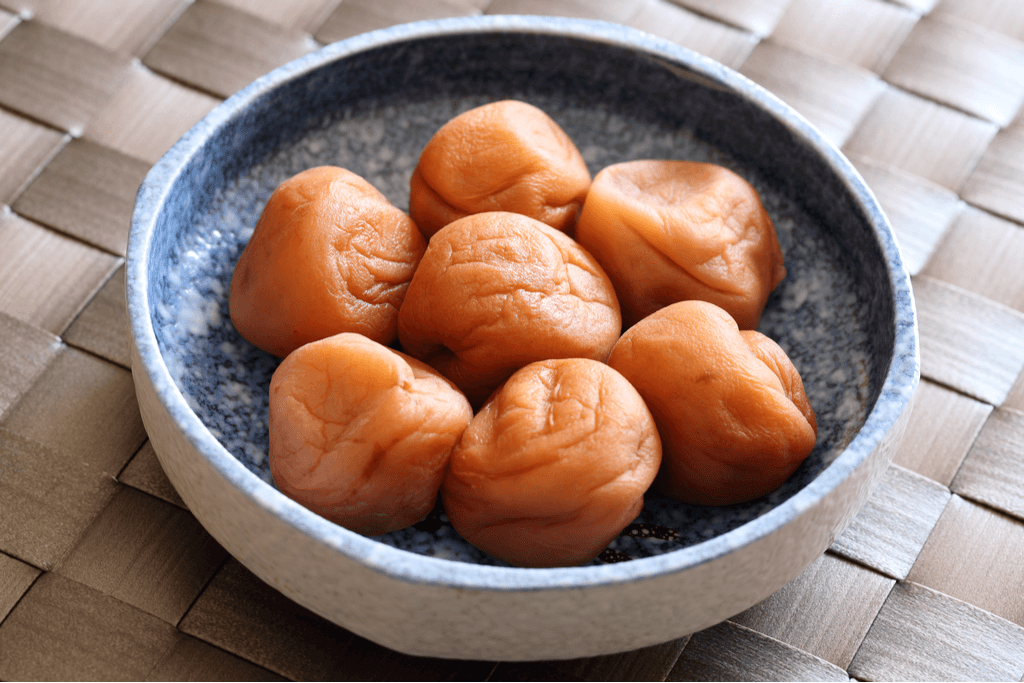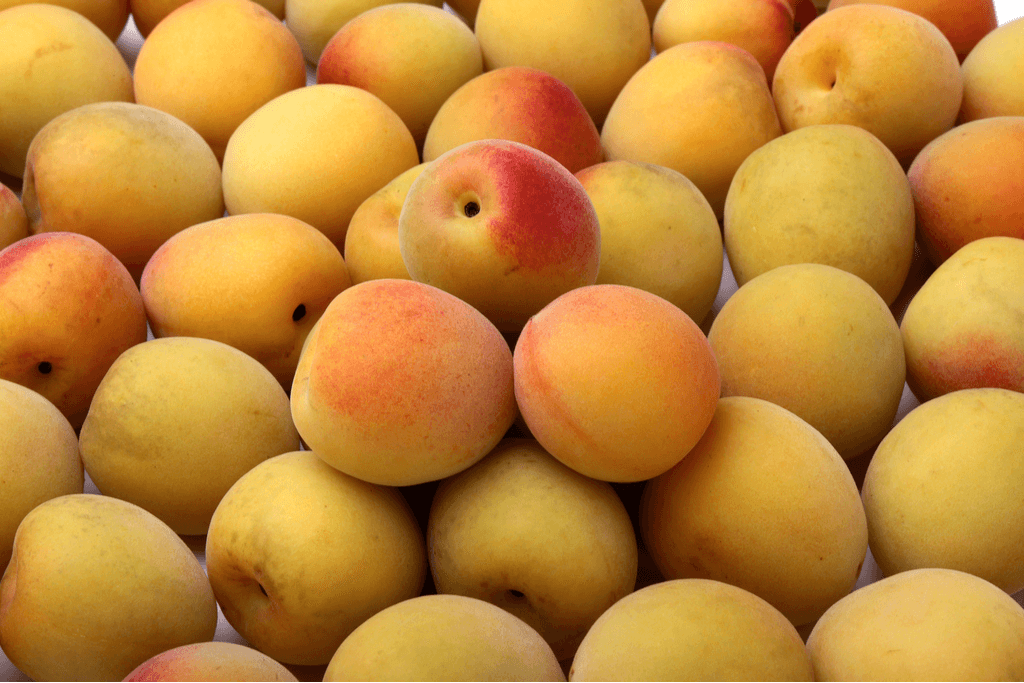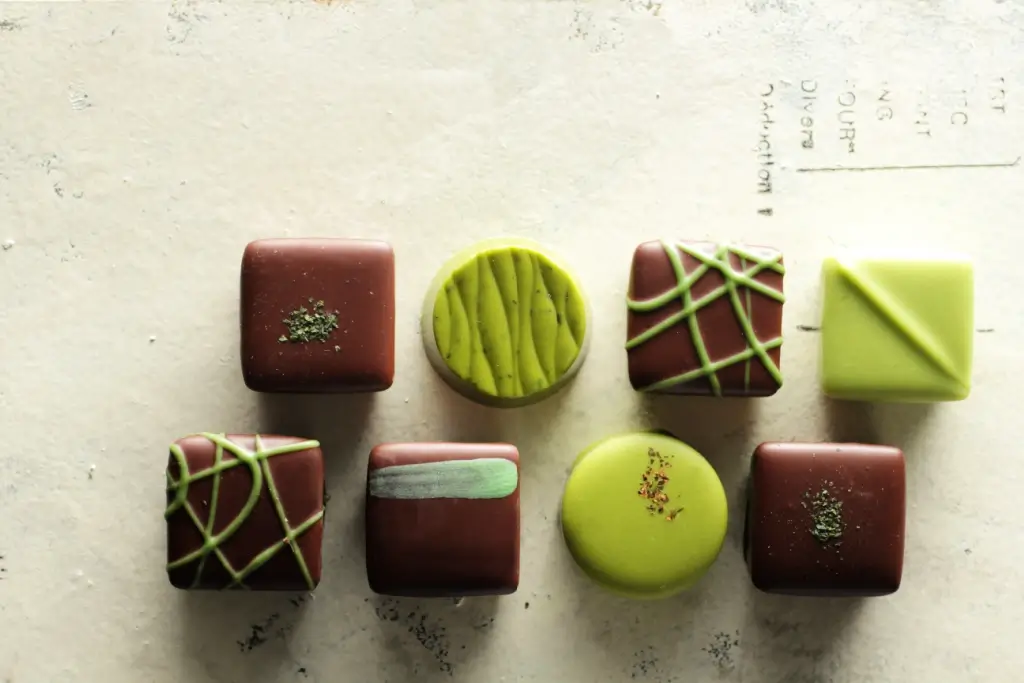japanese food
Ume Fruit: Unveiling the Unique Flavor Profile of Japanese Plums!
Kim Kahan
Posted on January 27, 2022
Share:

Ume fruit, or plum, is one of Japan’s best summer fruits. Whether pickled or used in alcohol, many people find plums refreshing. Moreover, the fruit is present in various dishes and as a flavor. Not to mention, its flower blossom graces trees with its beautiful pink and white petals. Let’s take a closer look at the Japanese plum in all of its glory.
One Fruit, Many Names

Ume, similar to a plum, arrived in Japan over 2000 years ago from China and became a Japanese staple. That said, this fruit is closer to an apricot! The ume tree, scientifically known as ‘prunus mume,’ often confuses people as a plum tree, but it is more closely related to an apricot plant. People commonly call it the “Japanese apricot.” The ume is quite famous and mostly grows in Yamanashi Prefecture.
Looking for ume-flavored snacks of your own? Check out Sakuraco! Sakuraco sends plenty of traditional Japanese snacks, sweets, and teas from local makers right to your door so you can enjoy all the flavors of Japan, from strawberry to ume!
Ume Blossom?
The ume blossom is a beautiful pink or white flower. It closely resembles the cherry blossom in appearance. However, the ume blossom, or ‘plum blossom,’ comes into bloom around one month before the cherry blossoms. So the first hanami or picnics under the year’s flowers are often under plum blossom trees! When the tree has bloomed, and its flowers have fallen around March or April, it’s time to harvest some fresh ume fruit.

Health Benefits of Ume
People use ume fruits in many different foods partly due to their high nutritional value and health benefits.
The Japanese plum starts as bright green, but as it gets riper, it gets more sour, thanks to its high citric acid content. Many people claim that ume has many great health benefits due to its high polyphenols and citric acid content. Let’s take a look at some of these benefits.
- The natural acidity helps to break down lactic acid, so samurai used to carry umeboshi (pickled plum) to eat during battles.
- They also ate umeboshi to stop fatigue and stave off hunger.
- Ume is also high in antioxidants.
- Its concentrated extract may help stop stomach ulcers and be effective against food poisoning.
- It can also improve blood pressure.
What can I make with ume plums?
Ume fruits are readily available in Japan, and as the taste is pretty strong, you only need a small amount to add a distinctive flavor. Many different foods use ume; here are a few!
Umeboshi

The most common one is umeboshi or pickled plum. People make it by pickling the fruit in a salty mixture and then drying it out. When pickled in salt, the plum releases many natural juices that create a plum vinegar by-product. People believe plum vinegar has abundant health benefits thanks to the polyphenols released in the juice.
Umeboshi is also available in different flavors, such as red shiso (perilla leaf) flavor and honey flavor. Honey acts to balance the natural tanginess and added salt with a delicious sweetness. People commonly use it as a topping for rice dishes, such as rice balls or okayu (rice porridge). Due to its high salt content, they add it to bentos as a preservative to prevent the rice from going rancid. This is also why samurai initially took them into battle.
Umeshu
Another standard product made with these plums is umeshu (Japanese plum alcohol). It is called ‘ume alcohol,’ and it is precisely that. People make this plum alcohol by pickling or preserving the fruit over three months in a mixture of alcohol and sugar to create an alcoholic plum liqueur. This drink is available in most bars and even restaurants across Japan, with many making their umeshu year-round. You can enjoy this beverage on the rocks or mixed with water or fizzy water to create a sweet, refreshing alcoholic beverage.

Ume Cordial
Recently, there has been an Instagram trend of making ume cordial or ‘ume syrup.’ The syrup is the same as umeshu, but instead of alcohol, more sugar is added. The sugar used is a particular type – Japanese Rock Sugar – which looks cool when layered in a big jar. It’s then left for around three weeks. People use syrup as a summery drink mixed with water or added to various dishes. Some people even use it in salad dressings for a sweet-and-sour lift.

Other types of ume dishes include jams and extracts.
Ume extract can flavor desserts, such as ice cream, and can even be found in Japanese Kit Kats! Ume Kit Kats are very popular, as are other ume-flavored Japanese convenience store foods, ranging from bubblegum to wakame seaweed.
If you haven’t tried ume yet, then you are missing out. This sour fruit is not only delicious but also very good for you. It is available as a flavor in so many varieties of snacks that it’s nearly impossible not to find at least one variety you like. Try it and see!

Discover authentic flavors with Sakuraco
Get Sakuraco 

Discover authentic flavors with Sakuraco
Get Sakuraco 
Related Articles

Chinese Food: How Did it Influence Japanese Cuisine?
Did you know that much of what makes Japanese food special comes from Chinese cooking?

Japanese Chocolate Brands to Enjoy This February!
Japan is famous for its artistry and creativity, which extends beautifully into the world of sweets, especially chocolate. Their global popularity continues to grow, captivating sweet lovers around the world.

Enoki is Just One of Many Japanese Mushrooms to Try!
Japan is blessed with various edible mushrooms. Let’s explore some popular ones in cooking, starting with enoki!

Mango and More: Delicacies from the Miyazaki Prefecture!
Each Miyazaki is worth eating in person, especially since you learn about the region’s rich culinary heritage. Let’s explore Miyazaki mango and other local dishes together.



